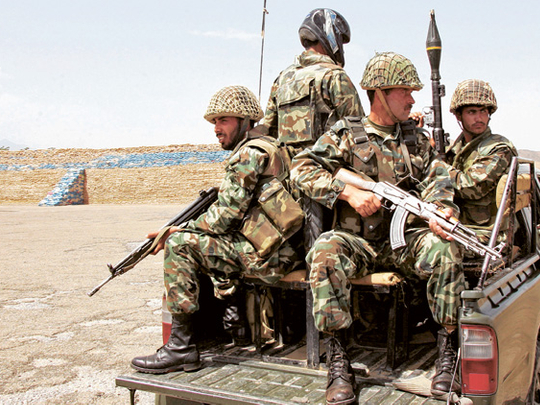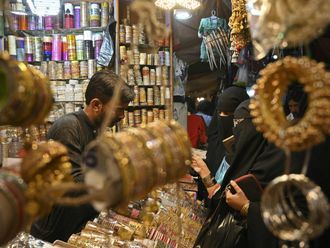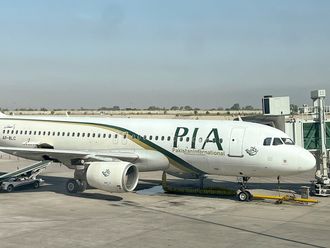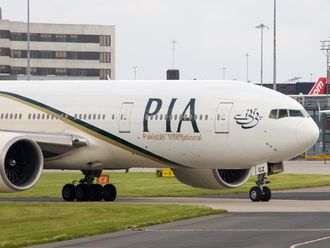
Wana: A cricket tournament was held last week in the South Waziristan town of Wana for the first time in eight years — a testament, the Pakistan army says — to its victory over Taliban militants who long used the area to stage spectacular attacks across the nation. But a few miles northeast, Pakistani soldiers standing sentry atop craggy brown peaks still take fire from insurgents, and family compounds below remain barren.
A main road to the north is often laced with mines. And to the west is what the military says is its main problem: Afghanistan, where militants find easy refuge. The Pakistan army launched a major offensive in South Waziristan one year ago, a centerpiece of a campaign against Taliban fighters in the rugged northwest.
Using language strikingly similar to their US counterparts across the border, military officials describe a counter-insurgency strategy of weakening rebels, strengthening the hand of local officials and winning the confidence of tribes that have long resisted outsiders. But a rare visit here with the Pakistan army revealed that its effort is also challenged by some of the same obstacles US soldiers face in Afghanistan.
Pakistani troops are up against an indigenous enemy that blends in easily, a vacuum in local governance, a sceptical population and, military officials contend, a desolate border that insurgents easily cross. "I'm sure the bulk of it is in Afghanistan," the commander of the army division based here, Maj Gen. Rizwan Akhtar, said of the Taliban leadership his troops purged from South Waziristan.
South Waziristan is one of six areas, including the Swat Valley, where about 140,000 Pakistani troops are engaged against Taliban militants. More than 2,600 soldiers have been killed in those and other counterterror operations since 2001, according to the army.
The current operations are "stabilisation" efforts, not active offensives, said Lt Gen Asif Yasin Malek, who commands all troops in Pakistan's northwest.
In South Waziristan, 35,000 soldiers now focus on guarding roads, providing security for development projects and towns, and preparing for the return of about 41,000 displaced families, the first batch of which is scheduled to arrive next month, military officials said. "The focus of the army and the political administration is people-centric," said Akhtar, who added that he is determined to win the typical villager's confidence.
"I will go through his heart to his mind." Yet although the Pakistani Taliban, led by Hakimullah Mehsud, has abandoned its bases and camps in South Waziristan, bands of fighters continue to assert their presence with gunfire, rockets and roadside bombs. That is particularly true in an abandoned area the military calls the "Mehsud Triangle," a reference to one of two dominant tribes in the area.
Last month, a bombing at a South Waziristan market killed one person and injured eight others. The Pakistani army confronts similar challenges in other pockets of the semi-autonomous tribal areas, in part because successive offensives have pushed fighters to new locations.
Shortly after the army declared victory in Orakzai agency last month, six soldiers were killed in a roadside bombing, and the Taliban publicly flogged 65 men for alleged drug dealing. The centre of militancy is now North Waziristan, where the Pakistani Taliban, which focuses its strikes inside Pakistan, has set up shop alongside Al Qaida and the Haqqani network, which attacks coalition forces in Afghanistan.
Pakistan has resisted rising US pressure to launch an operation there, saying that it could imperil its gains in South Waziristan, spark tribal uprisings and create a new wave of refugees.












